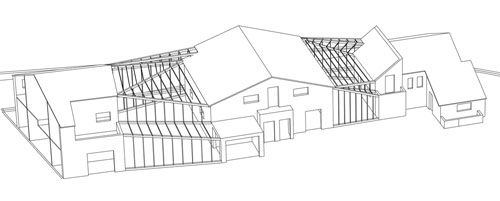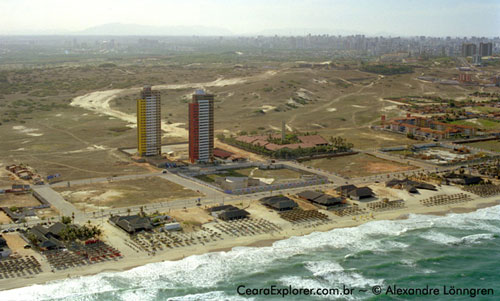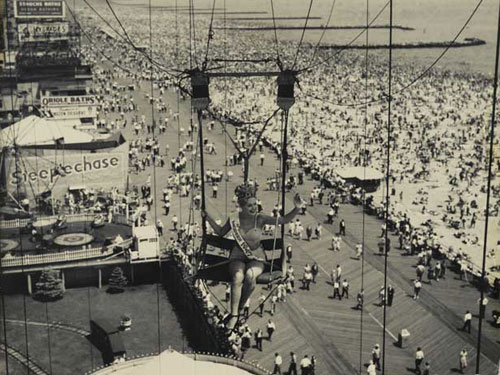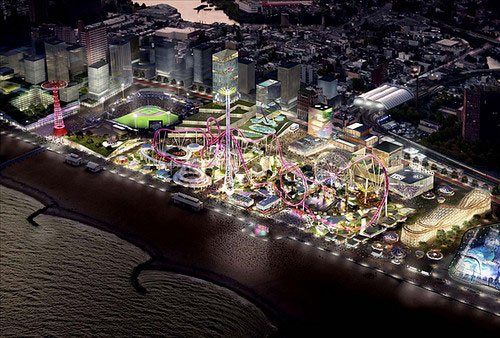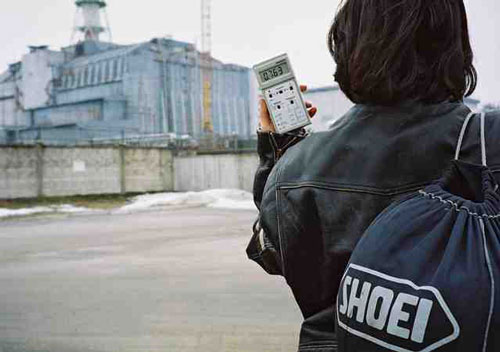
In 1986 the explosion of reactor 4 at the Chernobyl nuclear plant caused radioactive contamination of the city of Prypyat and its surroundings. A concrete sarcophagus was constructed around the blownup reactor, highly radioactive objects such as red-glowing trees were burried underneath the ground and Prypyat was completely evacuated.
During the following decades the contaminated zone remained mostly abandoned and therefore frozen in time. Despite the broken glass and other signs of neglect, the streets of former soviet model city Prypyat continue pretty much the way people left them the day after the disaster. An entertainment park in Prypyat was under construction at the time but was never inaugurated because of the accident. A yellow ferriswheel still stands as a rusty monument of this model society.
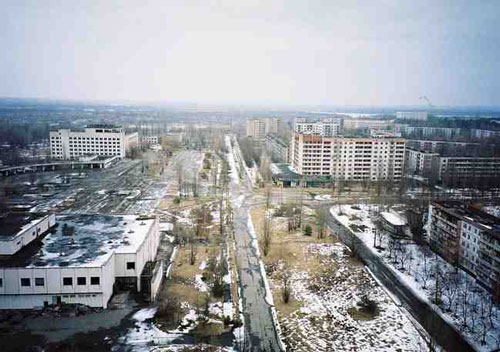
As radioactivity dropped over the years in most areas in the zone, tourism began to thrive. Daily visits are scheduled to Chernobyl from Ukrain´s capital Kiev, including visits to the nuclear plant, elderly settlers who live inside the zone, a contaminated vehicles cemitery and Prypyat, as well as a lunch in Chernobyl (prepared with food from outside the zone, they claim). As a disaster-tourism site it can probably be compared only to Auswitz and Ground Zero.
One of the pioneers of the area was Elena, who explored Chernobyl and surroundings on her motorcycle. The asphalt soon lost its radiation, while organic material (trees, grass and other plants) continue to concentrate radiation. This makes motorized trips possible, when one brings a Geiger counter and accelerates when it starts beeping too much.

Exibir mapa ampliado
Read more:
Example of Chernobyl tour from Kiev
www.greentour.co.uk/chernobyl.html
Technical information on the disaster
http://en.wikipedia.org/wiki/Chernobyl_disaster
“A grim tourist hot spot: Chernobyl”, by C.J. Chivers, Herald Tribune June 15, 2005
www.iht.com/articles/2005/06/14/news/journal.php
Kidd of Speed (Elena´s website)
www.kiddofspeed.com







